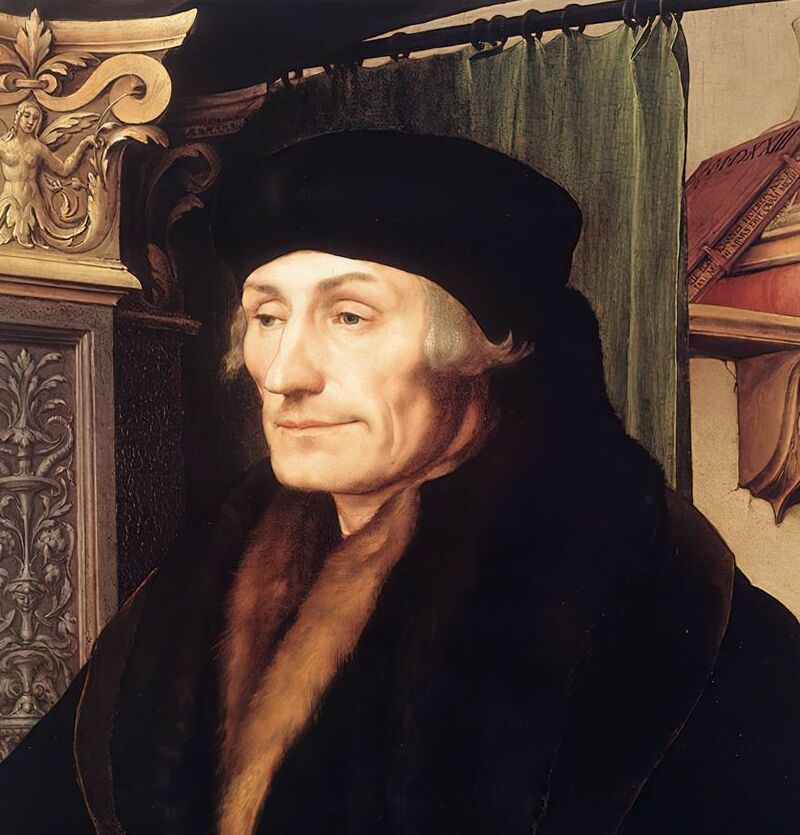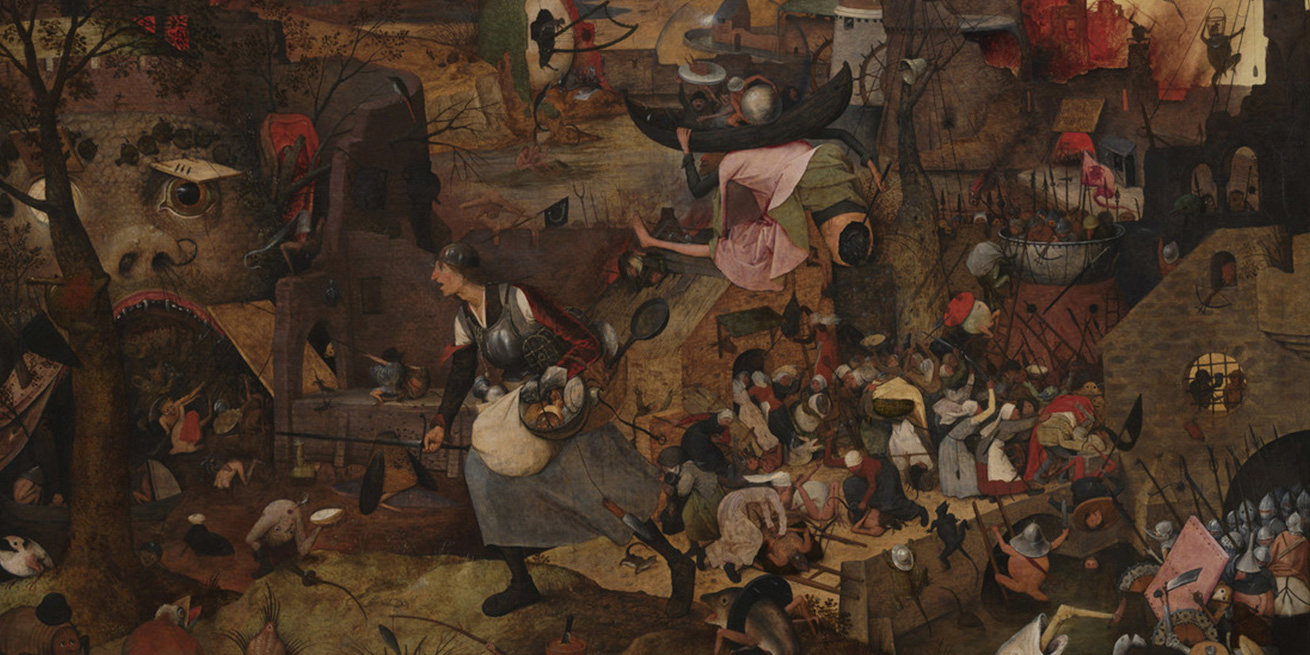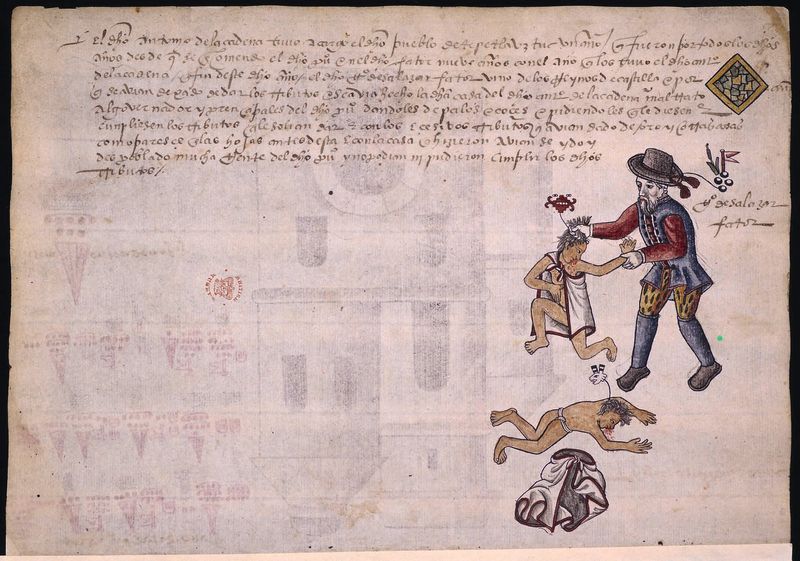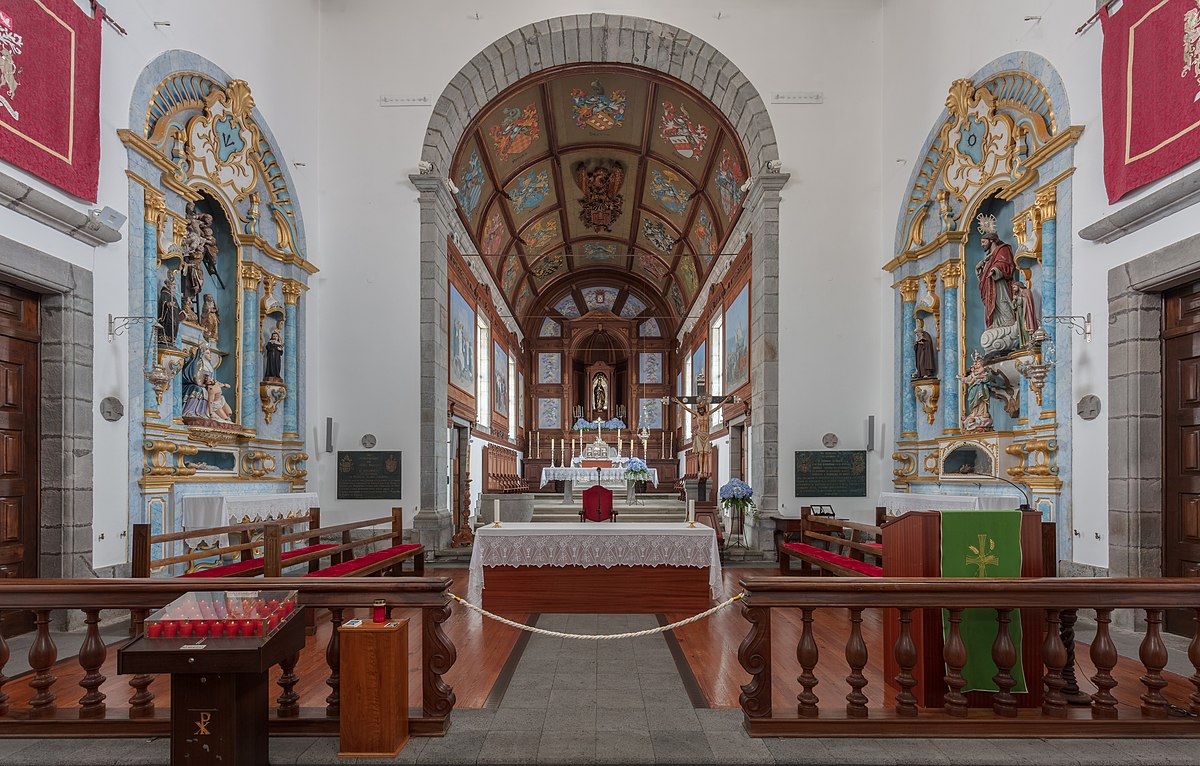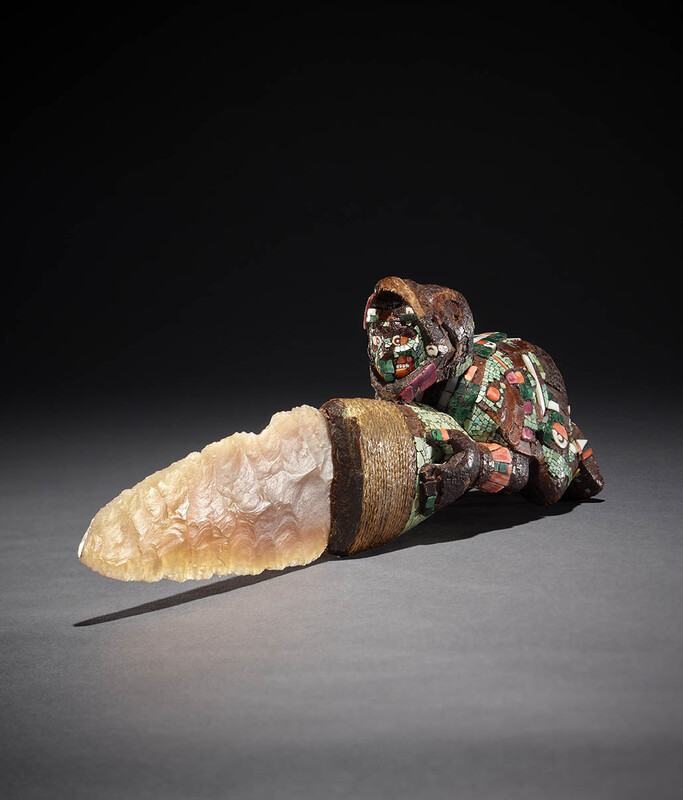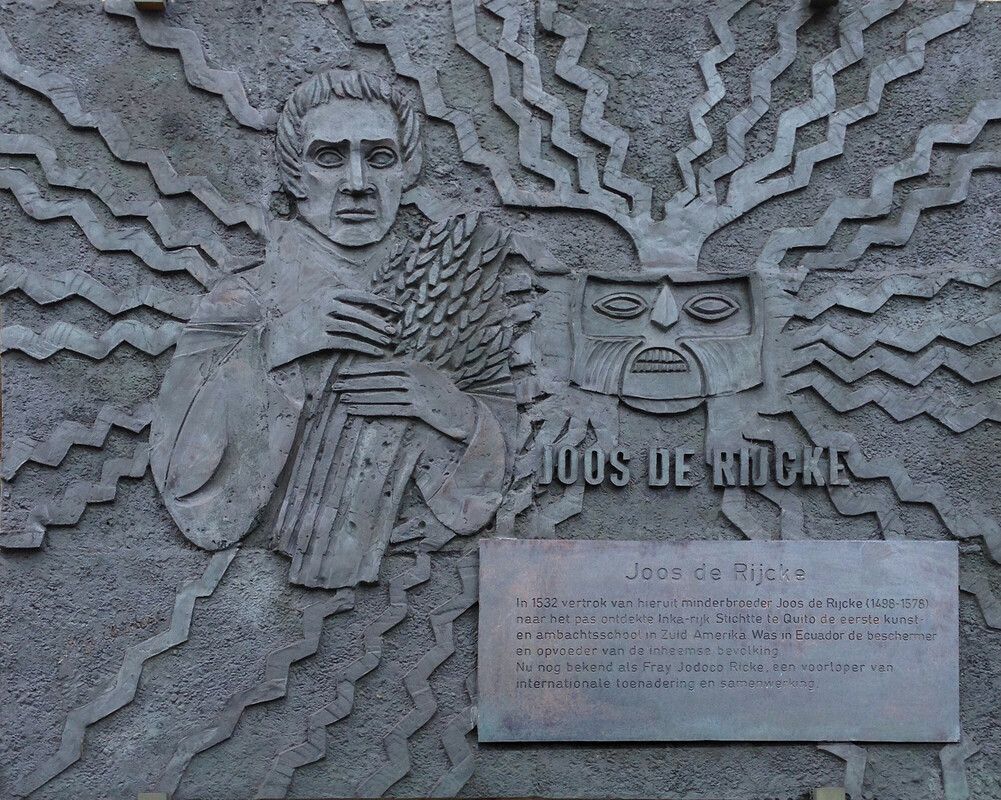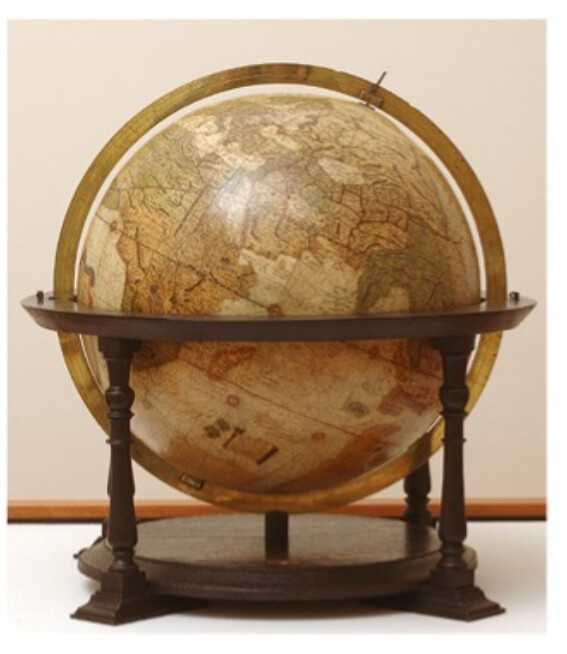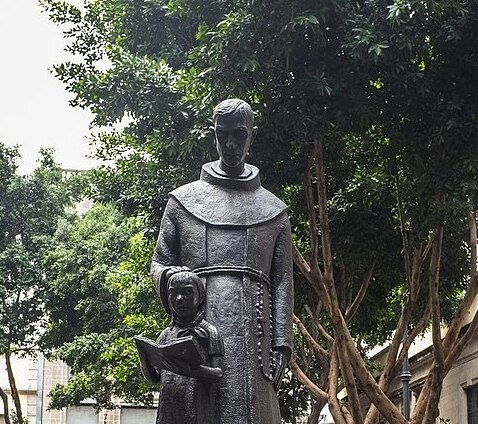
Statue of Pedro de Gante in Mexico City, presented by the province of East-Flanders in 1976, and removed in 2020 in the context of the decolonisation movement. De Gante founded the first Christian school on the American continent | Wikimedia Commons
Pedro de Gante
Europeans in a ‘New World’
In 1523 a Franciscan from Ghent travelled to Tenochtitlan, present-day Mexico City. His name was Pieter van der Moere, but he became known under his Spanish name of Pedro de Gante. On the American continent he was one of the first Flemish witnesses of the devastation caused by the European colonisers.
After a stay of fifteen years as a lay brother in a Franciscan monastery in Ghent, Pieter van der Moere, supposedly from Idegem (today a constituent municipality of Geraardsbergen), crossed the Atlantic Ocean. He travelled in the footsteps of the Spanish conqueror Hernán Cortés and wanted to convert the Aztecs, the indigenous population of present-day Mexico, to Christianity. The superiority of Christian civilisation was indisputable for him. Partly as a result he was shocked by the devastation caused by the Europeans and by the merciless exploitation of the local population. He denounced the abuses in letters to Charles V and his successor Philip II.
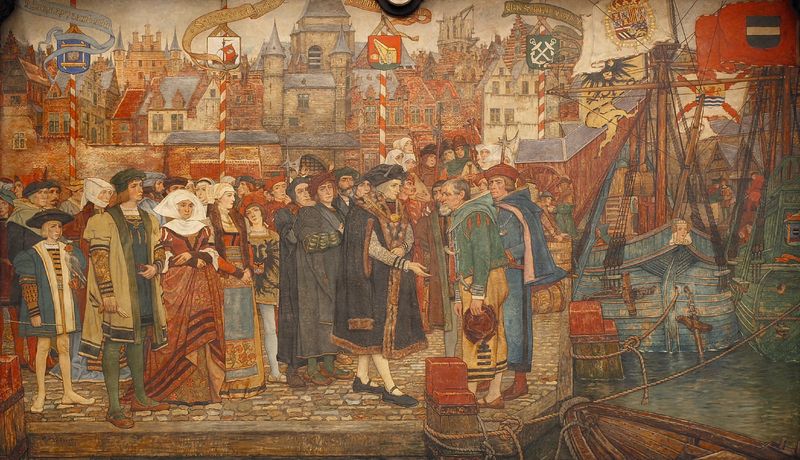
Antwerp, Stadhuis Antwerpen
Fresco by Piet Verhaert (1852-1908) in the stairwell of the Antwerp city hall (1899). The various scenes recall the Golden Age of the city in the 16th century. Here the mayor of Antwerp welcomes the first Spanish ships with sugar from the Canary Islands. The flourishing of the town was due to the colonial trade, and the sugar came from plantations where enslaved Africans worked.
Europeans in a ‘New World’
After the expedition of Christopher Columbus in 1492, Spanish conquerors crossed the Atlantic Ocean. Not long after, other European countries also found the way to America. That was the starting gun for European expansion into all parts of the world. For centuries Europeans brought riches from conquered areas to numerous European towns. The first modest steps had been taken at the beginning of the 15th century, when the Portuguese began to look for new trade routes to the Indies.
The Portuguese mostly limited themselves to trading posts along the coast or on rivers. The Spaniards went further inland and in parts of Central and South America founded large colonies such as New Spain, New Granada, Peru and La Plata. In so doing they put an end to the kingdoms of the Mayas, Aztecs and Incas. To be able to control an extensive area with millions of inhabitants, the Spaniards maintained local structures. The elite of the indigenous population could retain considerable power and prosperity by collaborating with the coloniser.
The (Southern) Netherlands were a territory of the Spanish Habsburgs from 1506 until 1713. And from there too sailors, soldiers, tradesmen, missionaries and other adventurers left for the overseas territories. Through the Atlantic trade Antwerp, with its excellent relations with Lisbon and Cadiz, was able to grow in the 16th century into a world-class harbour. The town on the Scheldt was the final destination of the riches brought by Europeans from the ‘New World’.
Focal points
Discover more on this topic
Non-fiction
Alles onder de hemel. Ferdinand Verbiest en de ontdekking van China.
Pelckmans, 2023.
1493. Hoe de wereld zich ontwikkelde na de ontdekking van Amerika
Nieuw Amsterdam, 2012.
De Slavenhandel
Corona, 2005. (12+)
Amerika voor Columbus
Corona, 2015. (12+)
Slavernij: een geschiedenis
Walburgpers, 2021.
De Belgische ontdekkingsreizigers. Van Rubroeck tot de Gerlache in zeven eeuwen en continenten
Lannoo, 2016.
Wij, Habsburgers
Houtekiet, 2022.
Fiction
De Avonturen van Suske en Wiske: Het Gouden Paard (nr. 45)
Standaard, 1959.
